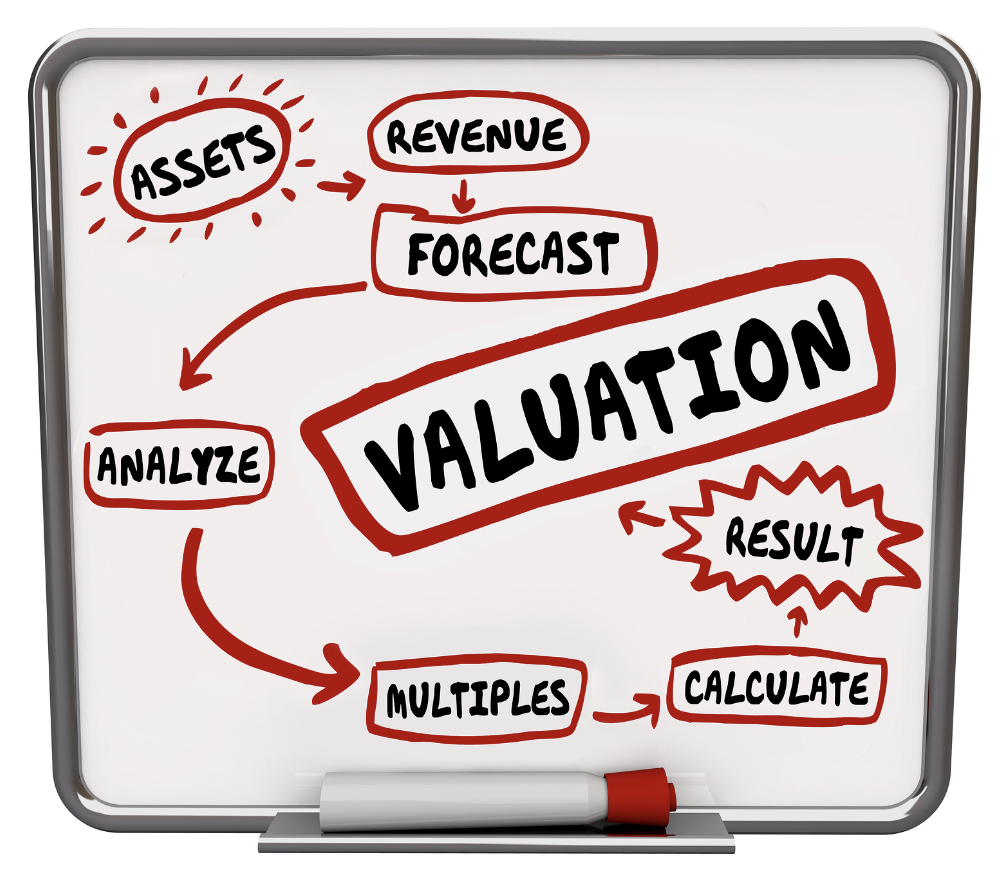Use This Simple Method to Build a Better Business Now.

Why Gross Margin Per Client Is Your Business’s Secret Weapon
Let’s face it: running a business isn’t just about counting how much money you’re bringing in. It’s about knowing where that money is coming from—and whether it’s actually worth the effort. That’s where gross margin per client comes in.
This nifty little metric tells you which clients are putting cash in your pocket and which are quietly bleeding you dry. Measuring it gives you the clarity to make better choices, focus on what’s working, and build a healthier, more profitable business.
Here’s why tracking gross margin per client is a game-changer and how to use it to level up your strategy.
So, What’s Gross Margin Per Client?
Think of gross margin per client as your profitability X-ray. It’s the profit percentage you make from a specific client after covering all the direct costs of serving them (labor, materials, or special tools you needed to get the job done).
Here’s the basic formula:
Gross Margin per Client = (Revenue from Client − Direct Costs for Client) / Revenue from Client.
Translation: It shows you exactly how much each client contributes to profit (or loss).
Why Should You Care?
- Find Your MVPs (Most Valuable Players)
Sure, your overall revenue might look solid, but not every client is playing fair. Some are golden, while others are just…meh. By measuring gross margin per client, you can figure out who’s worth your time and who’s not pulling their weight.
- Make Smarter Moves
Armed with gross margin data, you’ll know exactly how to tweak pricing, allocate resources, or even have those awkward “this isn’t working out” chats. Got a client with a razor-thin margin? Time to renegotiate terms or cut back on the bells and whistles.
- Grow the Right Way
Not all growth is good growth. Analyzing gross margins helps you spot patterns—like which industries or client types are the most profitable—so you can chase more of the good stuff and less of the dead weight.
- Fix Cost Problems
If specific clients cost way more to serve than others, it’s a red flag. Maybe your process needs a tune-up, or perhaps you’re just giving away too much for free. Either way, this metric shines a light on inefficiencies so you can get your house in order.
- Transaction Preparation
If you’re looking to sell, merge, or engage with a bank for a loan, you will undoubtedly be asked to show your gross margin by client. This is amplified if there is a concentration issue around the top clients. Absent this metric, you’ll be in for long and arduous due diligence process that virtually all buyers/banks/investors will require.
How to Measure Gross Margin Per Client
- Track What Each Client Brings In
- Use your accounting tools to keep tabs on revenue by client. No guessing allowed!
- Break Down the Costs
- Figure out the direct costs for each client. Think labor, materials, or any other client-specific variable expenses. Don’t worry about overhead—this is about what you’re spending to deliver their work.
- Check It Regularly
- Gross margins change as costs, pricing, and client needs evolve. Make reviewing this a regular habit so you can stay ahead of the curve.
- Benchmark Against Industry Averages
- Be competitive against your own historicals and against your peers. This is the simplest and best metric to gauge your firm against others.
Putting It In Action
- Adjust Pricing: If a client is barely profitable, it might be time for a rate hike or minimum fee.
- Curate Your Client List: Double down on high-margin clients and gently (or not-so-gently) part ways with those who drain your resources.
- Negotiate with Confidence: Use your gross margin data to back up pricing changes or to highlight the value you’re bringing to the table.
The Bottom Line
Tracking gross margin per client is like having a GPS for your business’s profitability. It shows you where to focus your energy, where to trim the fat, and how to grow in a sensible way.
Business is all about working smarter, not harder. By keeping an eye on this metric, you’ll gain better control over your costs, prioritize the right clients, and set yourself up for long-term success.
So, what are you waiting for? Start crunching those numbers—you might be surprised by what you find!


